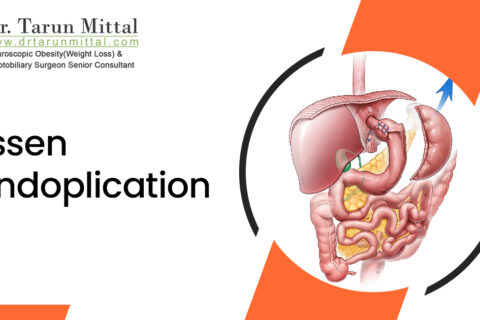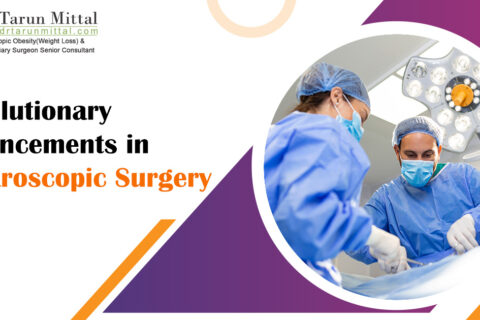Gastroesophageal reflux disease (GERD) is a common digestive disorder characterized by the backward flow of stomach acid into the oesophagus, leading to symptoms such as heartburn, regurgitation, and chest pain. While lifestyle modifications and medication…
- Home
- Meet Dr Tarun Mittal
- Laparoscopic
- Treatments
- Gall Bladder
- Hernia
- Appendectomy
- Role of Intestine
- Sleeve Gastrectomy
- Gastric Bypass
- Piles Treatment
- Video-assisted anal fistula treatment (VAAFT)
- Endoscopic Pilonidal Sinus Treatment (EPSiT)
- Surgery of the Spleen, Adrenal Gland, and Pancreas
- Surgery – Candidate For Surgery , Types of Surgery
- Gastrointestinal
- Robotic Surgery
- Blog
- PR
- Contact Us














